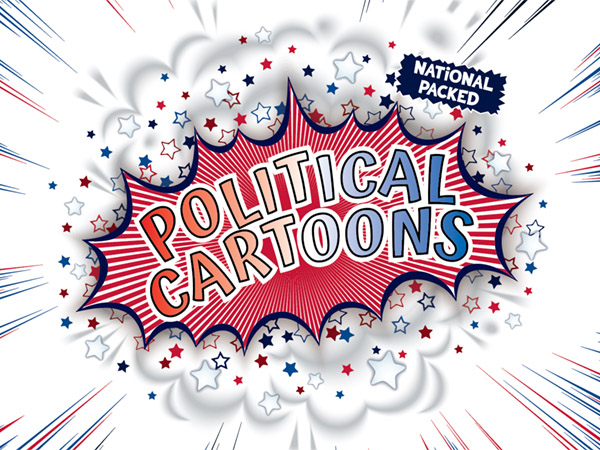The Analyzing Political Cartoons strategy teaches students how to decode and interpret political cartoons through a systematic analytical process. This structured approach guides students through identifying visual symbols, understanding text elements, recognizing persuasive techniques, and evaluating the cartoonist’s message and perspective. By learning to analyze these complex visual texts, students develop critical media literacy skills, deepen their understanding of current and historical issues, and gain insight into how political cartoons influence public opinion. This strategy encourages students to distinguish between facts and opinions, recognize bias, and form their own evidence-based interpretations of political and social issues.






